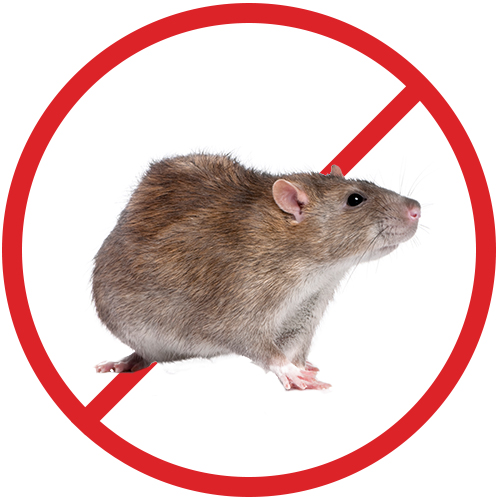Norway rats

The Norway rat, also referred to as sewer rat or brown rat, is a rodent of the family Muridae. Its body can reach lengths of about 45 cm, from the nose to the tip of its tail, and is covered in a grey or brown fur. Its ears are small and hidden in its fur. Its black eyes are small and its nose, pointy. Very agile, this rodent is able to jump from a height of about 1 m and swim more than 1 km. It is an excellent climber and all its senses are highly developed, except for its eyesight which is quite poor. It lives an average of one year and a half in the wild and almost 3 years in captivity. It feeds on just about anything: meat, grains, fruits, household garbage, etc. It will do whatever it takes to gain entry to buildings and houses through damaged sewers, drains that are broken or not screened, unsealed garage doors, windows left ajar, cracks in the building’s structure, etc.
The Norway rat reaches sexual maturity less than 2 months after its birth. The gestation period lasts only from 21 to 24 days. A female can have 3 to 5 litters in its life that may number between 6 and 12 pups per litter.
- Droppings found in the kitchen and other rooms in the house.
- The rat can carry fleas and ticks.
- It may be a carrier of many illnesses transmittable to humans, such as rabies, yellow fever, dysentery, etc.
- Wood, paper, cardboard, plastic and even electrical wires can be gnawed by rats that may cause fires in extreme cases.
- Deterioration of objects like furniture and fabrics, because rats gnaw on anything all the time.
- It may die in the walls of a house or in out-of-reach places and give off intolerable odors.
- A rat taken by surprise or trapped in a room without a way out may become aggressive and bite.